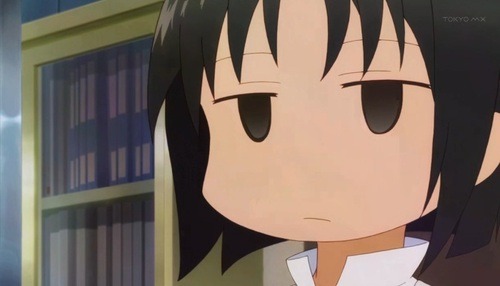- Joined
- Apr 29, 2016
- Messages
- 2,090
- Likes
- 780
'If Goa is a state, why not Tulu Nadu? Demand for new state becomes stronger
Tulu is a different language and we can't be considered same as people who speak Kannada, says Okkutta member
Sarayu Srinivasan| Tuesday, November 3, 2015 - 09:06

Image: Special Arrangement
The demand for Tulu Nadu or a seperate state for people living in Dakshina Kannada district, portions of Udupi and Kasargod district in Kerala is an old one, in fact it has been raised many times since the 1940s.
But the demand is being raised again, and this time activists have gone ahead and tried to hoist the Tulu Nadu flag in a bid to show their hostility to the idea of being part of Karnataka.

A group of Tulu Nadu Okkutta activists in Belthangady, in Mangaluru district were detained by the local police after they tried to hoist a separate Tulu state flag on November 1, which is Karnataka Rajyotsava day. The group of activists observed November 1 as Black Day.
However, the Tulu state flag was hoisted in a few towns in Dakshinakannada districts, Udupi district, and in Kasaragod district in Kerala, says RJ Shailesh, President of Tulunadu Okkutta activist who was also detained.

Speaking to The News Minute, Shailesh said that for the last three years there has been a demand from people to the government to stop the Yettinahole project.
"Nobody has paid any heed to our concerns, even when we approached the chief ministers, our demands only fell on deaf ears. The state government never arranged for a meeting. The project will cause heavy damage to the environment and would be detrimental to the local river system. The project would deplete the water-table in Dakshina Kannada and damage the ecologically sensitive Western Ghats." he said.


Shailesh also added that the flag was hoisted to highlight the long-standing demand for a separate statehood.
"It is time for Tulu-speaking people to stake claim to their own identity by seeking statehood and the government cannot ignore people of Dakshina Kannada anymore. Tulu is a different language and we can't be considered same as people who speak Kannada. We have our own script and cultural history too," Shailesh said.
Tulu is a different language and we can't be considered same as people who speak Kannada, says Okkutta member
Sarayu Srinivasan| Tuesday, November 3, 2015 - 09:06

Image: Special Arrangement
The demand for Tulu Nadu or a seperate state for people living in Dakshina Kannada district, portions of Udupi and Kasargod district in Kerala is an old one, in fact it has been raised many times since the 1940s.
But the demand is being raised again, and this time activists have gone ahead and tried to hoist the Tulu Nadu flag in a bid to show their hostility to the idea of being part of Karnataka.

A group of Tulu Nadu Okkutta activists in Belthangady, in Mangaluru district were detained by the local police after they tried to hoist a separate Tulu state flag on November 1, which is Karnataka Rajyotsava day. The group of activists observed November 1 as Black Day.
However, the Tulu state flag was hoisted in a few towns in Dakshinakannada districts, Udupi district, and in Kasaragod district in Kerala, says RJ Shailesh, President of Tulunadu Okkutta activist who was also detained.

Speaking to The News Minute, Shailesh said that for the last three years there has been a demand from people to the government to stop the Yettinahole project.
"Nobody has paid any heed to our concerns, even when we approached the chief ministers, our demands only fell on deaf ears. The state government never arranged for a meeting. The project will cause heavy damage to the environment and would be detrimental to the local river system. The project would deplete the water-table in Dakshina Kannada and damage the ecologically sensitive Western Ghats." he said.


Shailesh also added that the flag was hoisted to highlight the long-standing demand for a separate statehood.
"It is time for Tulu-speaking people to stake claim to their own identity by seeking statehood and the government cannot ignore people of Dakshina Kannada anymore. Tulu is a different language and we can't be considered same as people who speak Kannada. We have our own script and cultural history too," Shailesh said.




















